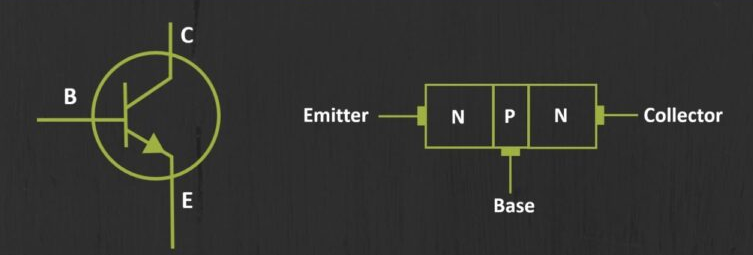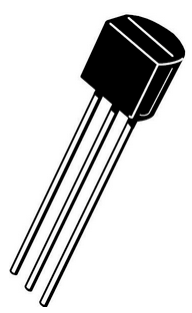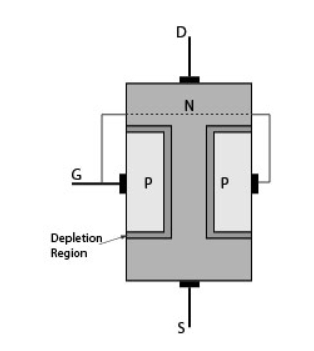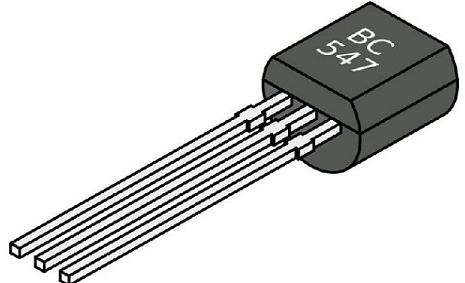OUTLINE:
BJT VS FET: What’s the Difference?
 566
566Are you curious about the difference between FET and BJT? These two semiconductor devices are commonly used in electronics, but they have distinct characteristics and applications. So, which one should you use in your electronic project? Understanding the differences between FET and BJT can help you choose the right device for your project and achieve optimal performance.
A transistor is a critical semiconductor device that finds application in both switching and amplification circuits. BJT and FET are two distinct types of transistors that share this commonality, but are quite different from one another. While BJT is a current-controlled current device, FET is a voltage-controlled current device. This is just one of the many differences between these two transistor types.

FET
FET stands for Field-Effect Transistor. There are two basic classifications of FETs, the N-channel FET and the P-channel FET, which are similar to the NPN and PNP bipolar transistor constructions. It's interesting to note that FETs are unipolar devices that depend only on the conduction of electrons or holes, making them different from bipolar transistors that operate with both types of charge carriers.
Another significant advantage of FETs over bipolar transistors is their high input impedance, which makes them very sensitive to input voltage signals. However, this high sensitivity comes with a price, as FETs can be easily damaged by static electricity.

FET Characteristics
The input impedance of FET is high like 100 MOhm
When FET is used as a switch then it has no offset voltage
FET is comparatively protected from radiation
FET is a majority carrier device.
It is a unipolar component and provides high thermal stability
It has low noise and more suitable for input stages of low-level amplifiers.
It provides high thermal stability as compared to BJT.
Construction

BJT
BJT stands for Bipolar Junction Transistor. It is composed of two PN junctions. Based on the number of PN junctions it is classified into two types:
- NPN Transistor: It has two PN junctions - one PN junction is formed between emitter and base terminals and another PN junction is formed between base and collector terminals.
- PNP Transistor: It also has two PN junctions but the doping is reversed compared to NPN transistor. It has a P-type emitter, N-type base and P-type collector region.
The working of a BJT depends on the flow of majority charge carriers i.e. electrons in NPN and holes in PNP. When a bias is applied between base and emitter terminals then the width of depletion region of the emitter-base junction changes which allows majority charge carriers to flow from emitter to collector. This results in the flow of base current (IB) and collector current (IC).

BJT Characteristics
The i/p impedance of BJT is low whereas the o/p impedance is high.
BJT is a noisy component because of the occurrence of minority charge carriers
BJT is a bipolar device because the flow of current will be there because of both the charge carriers.
The thermal capacity of BJT is low because the outflow current otherwise reverses the saturation current.
Doping within emitter terminal is maximum whereas in the base terminal is low
The collector terminal’s area in BJT is high as compared with FET
Construction

Main Difference
FETs:
- Unipolar device that consists of only majority charge carriers
- Voltage-controlled
- Consists of three terminals: source, drain, and gate (S, D, and G)
- Smaller in size compared to BJTs
- Higher input impedance compared to BJTs
- Applicable for low voltage applications
- Lower to medium gain
- +Ve temperature coefficient for stopping overheating
- More costly to design compared to BJTs
- More extensively used in different applications
- Can be manufactured in small size and uses less power supply
BJTs:
- Bipolar device that consists of both majority and minority charge carriers
- Current-controlled
- Consists of three terminals: emitter, base, and collector (E, B, and C)
- Larger in size compared to FETs
- Lower input impedance compared to FETs
- Applicable for low current applications
- Higher max frequency and cutoff frequency
- Overheating due to negative temperature coefficient
|
|
FET |
BJT |
|
Drive Type |
A unipolar device. The electric current flows only due to majority charge carriers. |
A bipolar device. The current flow is due to both majority and minority charge carriers. |
|
Size |
FET is comparatively smaller in size. |
BJT is large in size and hence requires more space. |
|
Input Impedance |
FET has high input impedance due to reverse bias of input circuit. |
The input circuit is forward biased. Thus, the BJT has low input impedance. |
|
Stability |
Its heat stability is better. |
It depends on the temperature. |
|
Frequency |
Its frequency response is high |
The frequency changes of BJT will affect its performance. |
|
Cost |
Expensive |
Low Cost |
|
Application |
FETs are more extensively used in different applications and these can be manufactured in small size and uses less power supply. |
BJTs are applicable in hobby electronics, consumer electronics and they generate high gains. |
So, is FET better than BJT?
It is not accurate to say that FET is better than BJT or vice versa. FET and BJT have distinct characteristics and applications, and the choice between these two types of transistors depends on the specific requirements of the application. FET is more suitable for low-level amplifiers and circuits that require high input impedance, while BJT is better for high-power amplifiers and circuits that require low output impedance. Understanding the differences between FET and BJT can help you choose the right device for your project and achieve optimal performance.

Disclaimer: The views and opinions expressed by individual authors or forum participants on this website do not represent the views and opinions of Chipsmall, nor do they represent Chipsmall's official policy.

share this blog to:

